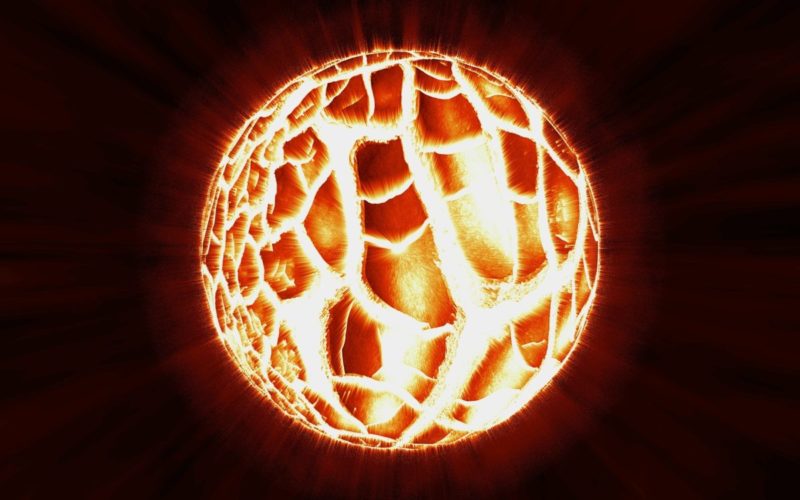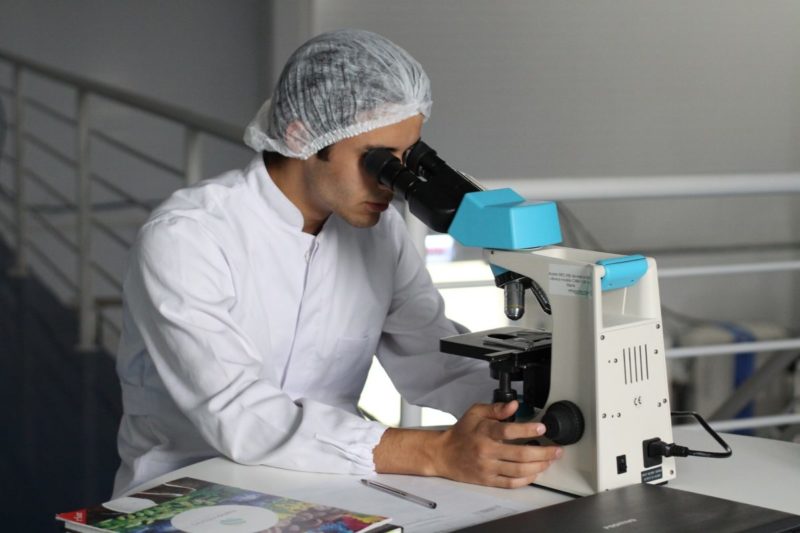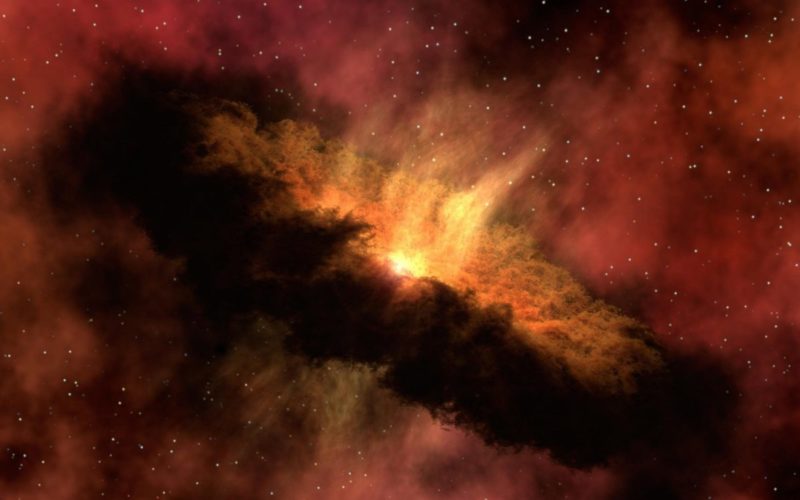
Shock-compression had enabled scientists to forge a novel form of water, a black, hot-ice. The elusive, not-so-elusive form of ice is believed to be quantitatively single most prevalent, constituting a predominance on all of the Solar planets.

The Laboratory for Laser Energetics in Brighton, New York, one of the most potent lasers in the world blasted a minute drop of water, generating a shockwave that pressurized the water to millions of bars, and crescendoed its temperature to thousands of degrees. X-rays that irradiated upon the droplet in the same instant offered our first view of water under those enigmatic extremities.

“You hear the shot, and right away you see that something interesting was happening.”
The water didn’t stay liquid, as a superheated liquid or transition to a gaseous state, but instead froze to a form of crystalline ice, just as the onlooking (monitoring) scientists had expected.
This form of ice is counterintuitive and oxymoronic: black, hot and four times heavier than the usual, common ice, found everywhere from your refrigerator to the North Pole. This peculiarity of a state is termed as “superionic ice”.
It had been theorized in the late eighties but was not seen by humanity until now. Researchers reckon it might be among the most abundantly-occurring natural forms of water in the universe.

The solar system abounds with superionic ice occupying the innards of the quasi-identical Gas Giants Uranus and Neptune. The discovery of superionic ice settles the decades-old conundrums about the interior (physiochemical) composition of these ice giants.
The usually encountered hexagonal lattice cage of water molecules found comprising common ice is known as “ice I-h”. Besides ice I, which exhibits two forms, Ih and Ic, the rest are numbered II through XVII. Superionic ice or Ice XVIII is exceptional, a breakaway from the succession, is part solid, part liquid. Individual water molecules split to their respective constituent ions. The oxygen atoms form a cubic lattice, but the hydrogen atoms flow out away, free, flowing akin to a liquid through the inflexible cage-lattice of oxygen atoms.